Photo
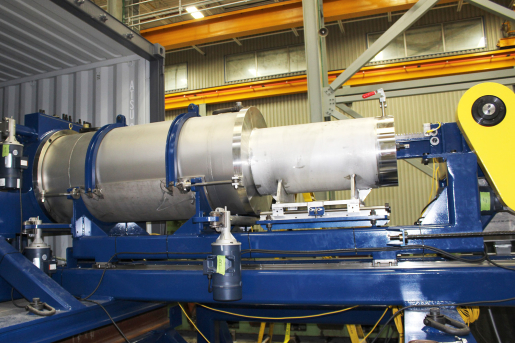
Caption
The transport cask loading system for the target residue material (TRM) liquid canisters.
Photo

Caption
The Container Retrieval System (CRS) used to remove TRM liquid canisters from the NAC-LWT (Light Weight Truck) transport cask/
Photo
Caption
The CRS system in action inside H-Canyon at the Savannah River Site.
Photo
Caption
The straddle carrier used to remove the transport package from the flatbed used for the road shipment.
Photo
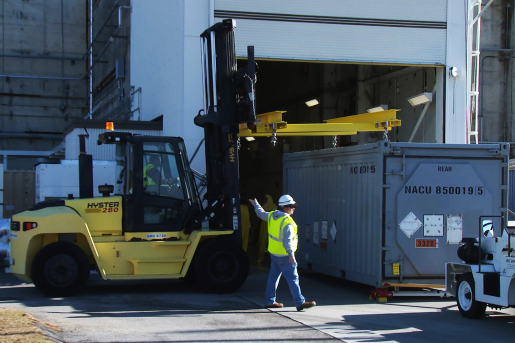
Caption
Moving the transport package into H-Canyon for unloading.
Photo
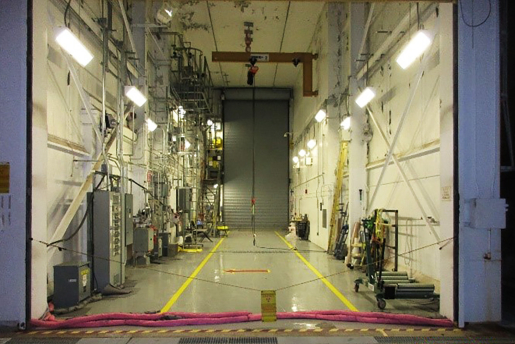
Caption
Inside the H-Canyon unloading bay prior to airlock closure
Photo
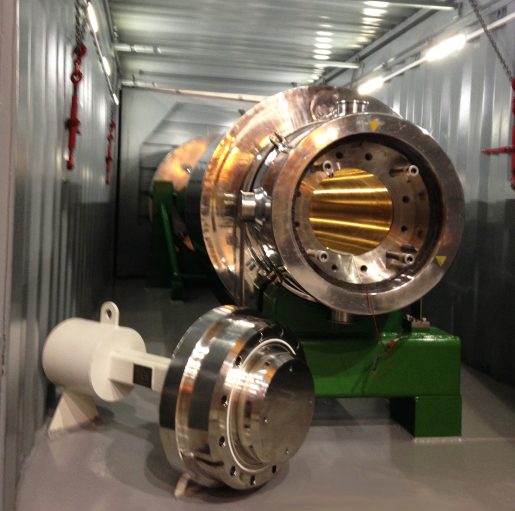
Caption
NAC-LWT transport cask used for shipping the TRM liquid canisters.
Photo
Caption
Fabrication of a TRM liquid canister.
Photo
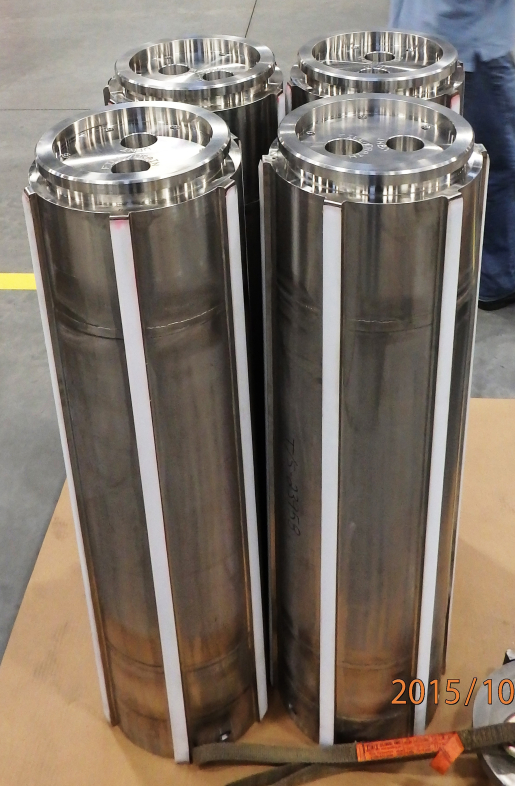
Caption
Empty TRM liquid canisters with white plastic glides, which allow the canisters to easily slide in and out of the transport cask.
Photo
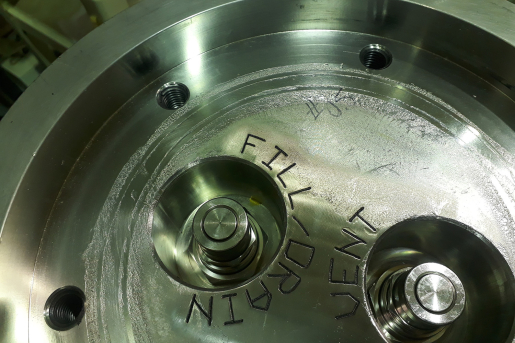
Caption
Quick connect fill and drain ports on the TRM liquid canisters.
Photo
Caption
A roadshow conducted on the transport routes to share information about the shipments with police and first responders.
Photo
Caption
Roadshow stop with troopers and first responders from multiple jurisdictions
Photo
Photo
Caption
The Canadian team that prepared the final TRM package and escorted the shipment.
Photo
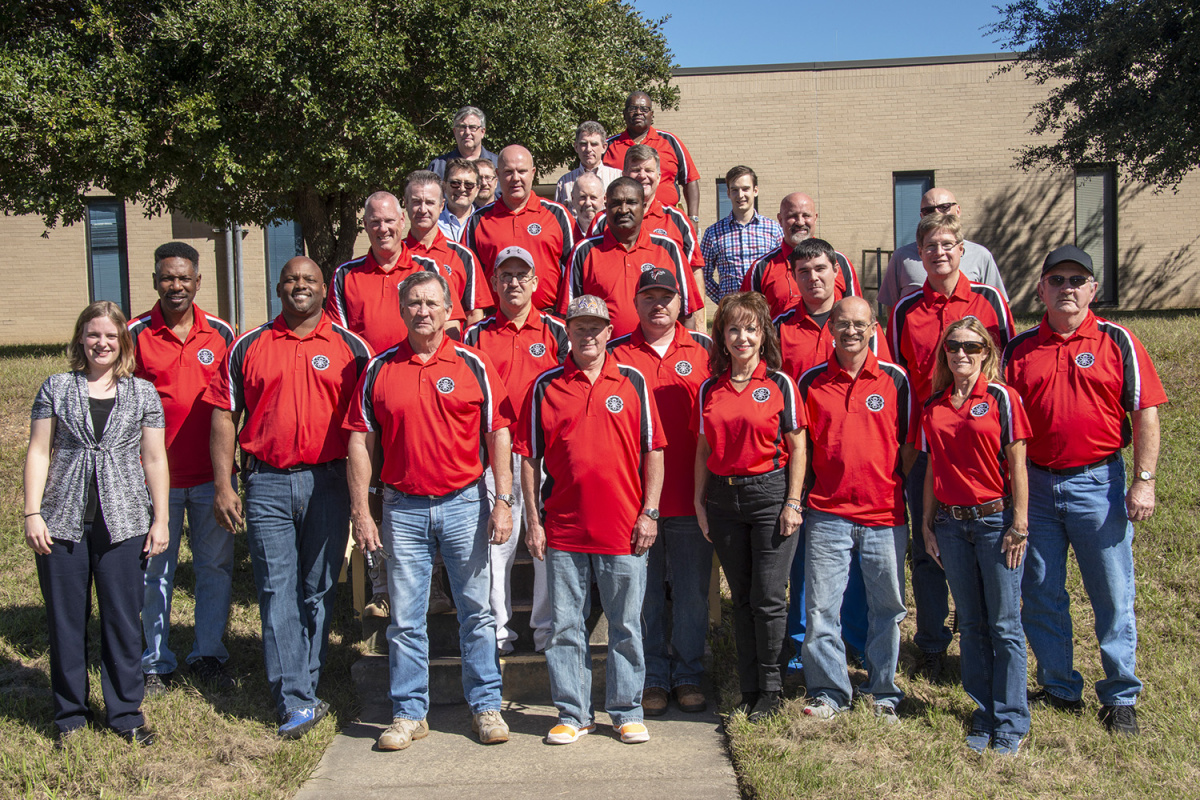
Caption
The Savannah River Site TRM team.
Photo
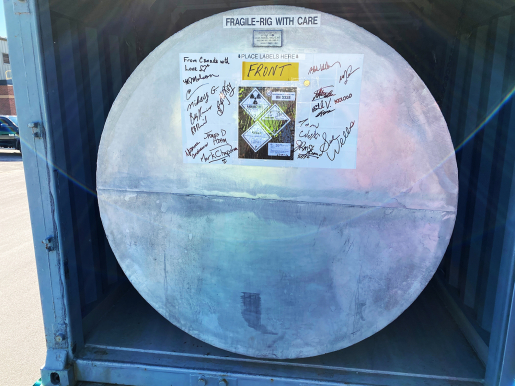
Caption
From Canada with Love -- The impact limiter on the last NAC-LWT transport cask with signatures from the Canadian TRM team.
Photo

Caption
The transport cask loading system for the target residue material (TRM) liquid canisters.
The transport cask loading system for the target residue material (TRM) liquid canisters.

